By Chris J. Hartley
The United States had not yet entered World War II when Time magazine noted that the Army had created two new armored divisions. The commander of one of the divisions, said the magazine, was worthy of note. Selected to command the 3rd Armored Division “was an alert, progressive officer with an old Army name: Brigadier General Alvan Cullom Gillem, Jr.”The magazine was right to notice. Gillem was destined to help change the U.S. Army forever.
Two Foreign Expeditions
Born in 1888, Gillem graduated from high school in Pacific Grove, California, where he was a track star. After attending the University of Arizona for a year, he transferred to the University of the South at Sewanee, Tennessee, where he became one of the school’s best athletes, excelling at track, baseball, and football. Financial problems ended Gillem’s time at Sewanee prematurely. His father, a cavalry colonel, could not afford to keep two sons in college on his Army salary, so Gillem left school voluntarily in 1910 to make way for his younger brother, an even better athlete. Gillem then tried to secure an appointment to the U.S. Military Academy at West Point. When that failed, he enlisted as a private in the 17th Infantry Regiment at Ft. McPherson, Georgia. A year later, Gillem was promoted second lieutenant.
After an initial assignment at the Presidio in San Francisco, Gillem went to the Philippines in July 1911 with the 12th Infantry Regiment before joining Maj. Gen. John J. Pershing’s punitive expedition to capture Mexican bandit Pancho Villa. While serving with Pershing, Gillem commanded a mounted infantry company and experienced combat for the first time. Promoted to captain in May 1917, Gillem organized the 23rd Machine Gun Battalion, part of the 8th Infantry Division. Although he and his unit did not arrive in Europe in time to serve in World War I, Gillem was promoted to major after the war.
Following World War I, Gillem became professor of military science and ROTC commander at the State University of Montana. School officials were disappointed when the Army gave Gillem a new assignment, commanding 1,200 replacement soldiers bound for Siberia, a land still in the throes of the Russian Civil War. Arriving in Vladivostok in August 1919, Gillem joined the American expeditionary force that had been sent to assist Czech soldiers patrolling the Trans-Siberian Railroad and to guard the supplies and railroad stock the United States had shipped to Russia during World War I.
Despite various problems with the Czechs and other Allied troops, Gillem’s successful service in Siberia marked him as an officer to watch. His next assignments took him to the Philippines, Hawaii, and the Command and General Staff School at Fort Leavenworth, Kansas, where he graduated 57th in the 151-man class of 1923. Afterward, he was sent back to the Mexican border to take command of a battalion in the 25th Infantry, one of the Army’s two all-black infantry regiments.
In Command of the Oldest Tank Unit of the Army
From there, Gillem went on to the Army War College. After graduating in 1926, he was assigned to General Douglas MacArthur’s III Corps staff. Gillem fell under the MacArthur spell; he named his second son after the general. In 1930, Gillem became professor of military science at the University of Maryland. After five years in that role, Gillem was ordered to Fort Benning, Georgia, and promoted to lieutenant colonel. During a 4½-year tour at Benning’s infantry school, he served as chief of the weapons and tactics sections.
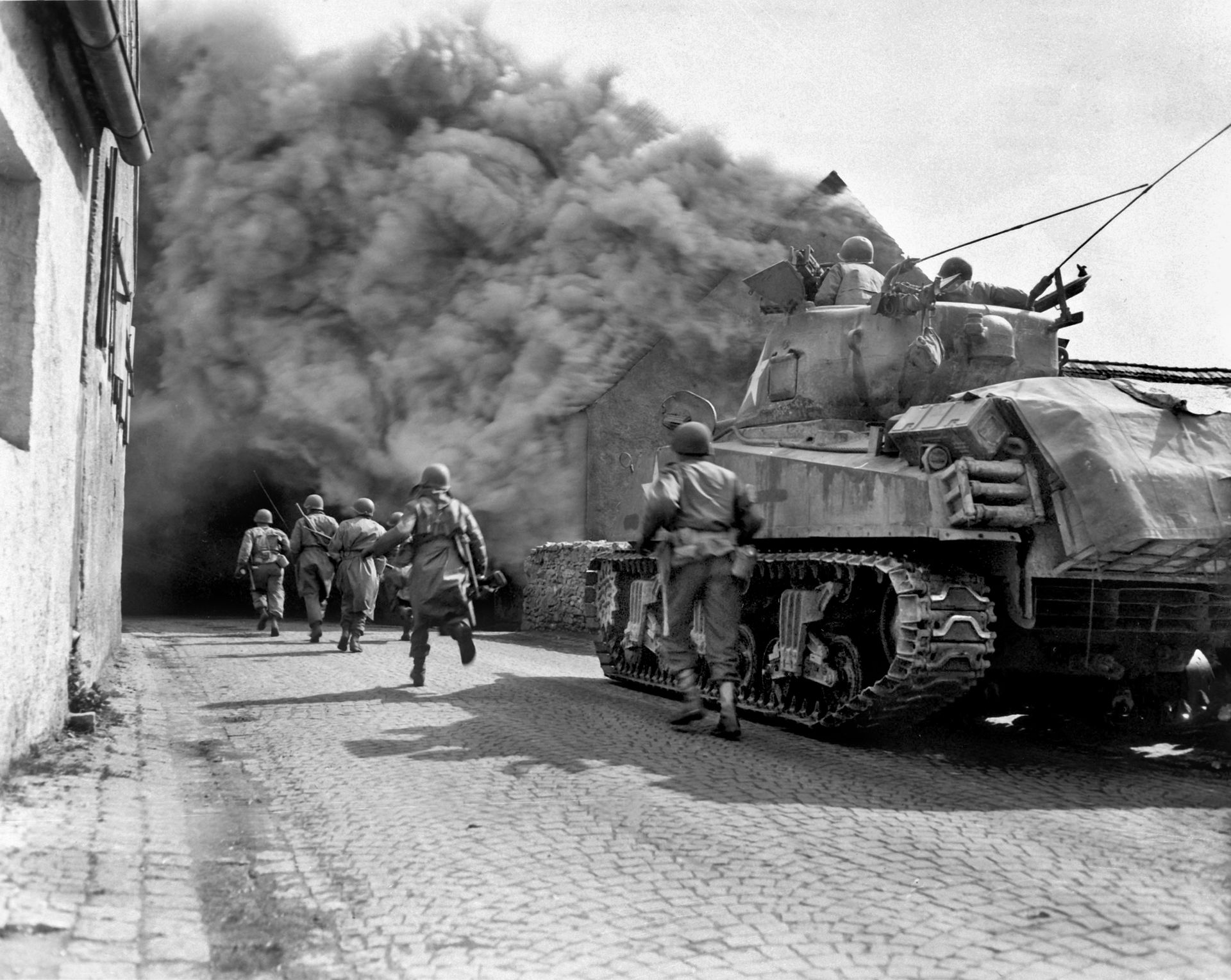
Promoted to colonel in 1940, Gillem took command of the 66th Infantry Regiment (Light Tanks). The oldest tank unit in the Army, dating back to World War I, the 66th was among the Army’s few pre-World War II tank units. It was still an experimental unit at the time, but the job put Gillem in the right place at the right time—significant change was coming soon. Despite the success of tanks on the battlefields of World War I, neither the Army’s official doctrine nor its command structure had evolved to exploit the potential of armor. Then, in May 1940, two watershed events occurred. In Europe, German armored forces soundly defeated the French Army. That same month, a provisional American armored division trounced a cavalry division during large-scale maneuvers in Louisiana.
Gillem observed the armored victory firsthand. One hot afternoon, he sat down under a tree with Generals Frank Andrews of the War Department and Adna Chaffee, commander of another tank unit. Reflecting on what they had seen, the men broached the idea of a creating an all-armor force. On May 25, the last day of the Louisiana maneuvers, more officers, including Colonel George S. Patton, joined Gillem, Andrews, and Chaffee for a meeting in the basement of a high school in Alexandria. The soldiers emerged from the meeting convinced that the time had come for an independent armored force in the U.S. Army. Their recommendation reached Chief of Staff General George C. Marshall, who ordered the creation of the Army’s first two armored divisions.
At first, Gillem was still not entirely taken with tanks. He thought them slow and cumbersome, but the more he saw of the tanks, the more his opinion changed. “Infantry was my first love and tanks, under the pinched policy that was followed some time back, were making no progress,” he wrote. “However, conditions have changed and I was fortunate in being able to watch the development at close range and to get in on the ground floor. I am convinced that there is a place for both, and I know that a great many real authorities believe that the component of infantry around tanks should be increased.”
From Colonel to Major General in No Time
Armor’s ground floor was Gillem’s destination. The creation of an independent armored force required new leaders. Marshall selected 10 colonels for promotion to general; Gillem was on the list. Marshall had Gillem in mind for a spot in a new armored division, but as it developed Gillem stayed in the 66th a while longer because Marshall wanted him to help organize the unit for war. It eventually became the 66th Armored Regiment and joined the 2nd Armored Division.
Gillem’s promotion to brigadier general came through in early 1941. He took command of the 2nd Armored Brigade, 2nd Armored Division, and quickly impressed division commander George Patton. After observing a tricky exercise in bad weather, Patton wrote, “The results were, in my opinion, extremely satisfactory due to the good work of General Gillem and his staff.” A few months later, Gillem found himself standing beside Patton on a Fort Benning road. The two men watched an armored convoy rumble past. “Well,” Patton told Gillem, “I’ve just given you an armored division.” The division was the new 3rd Armored, and the rank of major general came with the job. These were days of rapid advancement for Gillem. Marshall told him, “Your promotions are coming so fast I think I shall have to prepare a mimeographed form and just insert the rank or the number of stars.” On January 17, 1942, Gillem was vaulted to the head of the new II Armored Corps.
Gillem arranged and directed the first ever desert maneuvers for an American armored and mechanized force. For six weeks, some 60,000 men wargamed across hundreds of miles of desert to prepare for the coming North African campaign. A Time magazine reporter watched as Gillem’s steel army rolled past, “powder-white and terrible with lancelike antennae uplifted and colored guidons fluttering in the sun.” Despite heat, dust, fumes, and smoke, trainees fought practice battle after battle under their commander’s eye. The reporter asked Gillem about the art of desert warfare. “There isn’t a tank man alive,” Gillem added, “who could operate a tank by himself, and there isn’t a tank crew that could keep a tank operating without the help of the last little man with the last little monkey wrench. They all know that.”
“Perfection of Training”
In May 1943, Gillem was transferred to Fort Knox to lead the new United States Armored Force. “From my initial estimate of the situation,” Gillem wrote, “I believe that emphasis should be placed on perfection of training. I am going to stress it in every way, shape, and form.” He added, “I hope to drive home some training items which have been brought to my attention from time to time, and to make the men going overseas thoroughly competent for the jobs ahead of them.”
Training was not the only task facing Gillem and his men. When American armor suffered some early defeats in North Africa, Gillem sprang to its defense. “Used in the proper combination, tanks are demoralizing and effective,” he wrote. “And in an armored division, tanks are used in the proper combination. Fighting an enemy is like hunting birds. You’ve got to ‘bird dog.’ Flush out your enemy and then do your shooting. Many tools are available to the armored commander, and they will do their job provided they are properly used.”
Gillem’s nomadic journey from post to post finally ended in December 1943 when he was given the command he would keep for the duration of the war: XIII Corps. Europe was the corps’ ultimate destination, thanks to Lt. Gen. William H. Simpson, commander of the Ninth Army. In May 1944, General Dwight D. Eisenhower, supreme commander of the Allied Expeditionary Force, asked Simpson to select his corps commanders from a list of 10 men. Gillem was Simpson’s first choice.
Arriving in England, Gillem champed at the bit to get into action, but at first he was asked to play a logistics role. In August, XIII Corps was assigned to receive troops from the United States and forward them to the Continent. As the Normandy invasion progressed, Gillem was responsible for the swift and uninterrupted movement to the mainland of Patton’s troops. The following September, he led his headquarters to a staging area in Normandy. Neither troops nor supplies were available, but Gillem was ordered to advance to the front. When the Ninth Army was assigned a sector north of Aachen in November, Gillem moved his headquarters to Tongres, Belgium.
Operation Clipper
On November 8, 1944, Gillem’s corps went into the lines near Geilenkirchen, Germany. Initially assigned the 113th Cavalry Group and 102nd and 84th Infantry Divisions, Gillem’s job was to contain the enemy while the Allies prepared for their next offensive. First, however, the Allies had to deal with German-held Geilenkirchen, a salient that menaced the Ninth Army’s left flank. Geilenkirchen sat on the boundary between Simpson’s army and British forces to the north. Preferring a single commander for the reduction of the salient, Allied commanders put the British in charge. On November 12, the British XXX Corps replaced XIII Corps but temporarily kept Gillem’s rookie 84th Division.
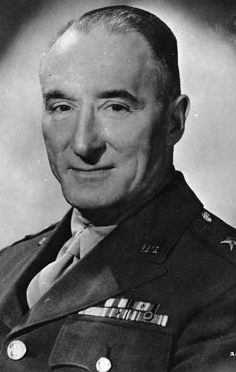
The attack on Geilenkirchen, codenamed Operation Clipper, began on November 18. Hoping to encircle their target, American troops aimed for the high ground east of town while British soldiers looped around town from the west and north. The attackers enjoyed early progress, but obstinate German defenders held fast. German resistance prevented a complete success, but the Allies reduced enough of the salient to minimize the enemy threat. Afterward, Gillem and XXX Corps commander Lt. Gen. Brian Horrocks traded unit patches. “[Your patch] will remind me of your excellent cooperation, and I shall keep it as one of my most prized souvenirs of the war,” Horrocks told Gillem.
Thanks to the partial success of Clipper and the Ninth Army’s offensive toward the Roer River, which was already under way, Simpson decided to insert Gillem’s XIII Corps. On November 24, the 7th Armored Division joined the 102nd and 84th Divisions and the 113th Cavalry Group. Simpson hoped that Gillem could attack right away, but Gillem needed more time to marshal his new units and incorporate reinforcements. Simpson pushed the corps’ attack date back to November 29.
Gillem’s task was to drive northeast, capture Linnich, and cross the Roer River. He also had to eliminate what remained of the Geilenkirchen salient, starting with pillbox-studded Toad Hill and the surrounding villages. He assigned that job to the Railsplitters of the 84th Division. Rather than launch a frontal assault, division commander Brig. Gen. Alexander R. Bolling planned to capture Toad Hill and the closest village before hitting the remaining villages from the rear. Gillem assigned the 113th Cavalry to take over part of the 84th’s front. The 102nd would advance on the 84th’s right, protect Bolling’s flank, and take Linnich. The 7th Armored Division remained in reserve.
Drive to the Roer
On November 29, following several days of preparatory artillery and air strikes, XIII Corps attacked. The bombardment did little good; Gillem’s men immediately ran into fierce German resistance. Gillem was not surprised. The day before, he had decided to alter his plan after intelligence detected strong German reinforcements moving into the area. Reacting with the maturity of a tested corps commander, he ordered the 102nd Division to assume the corps’ main effort on the second day and push hard for the Roer.
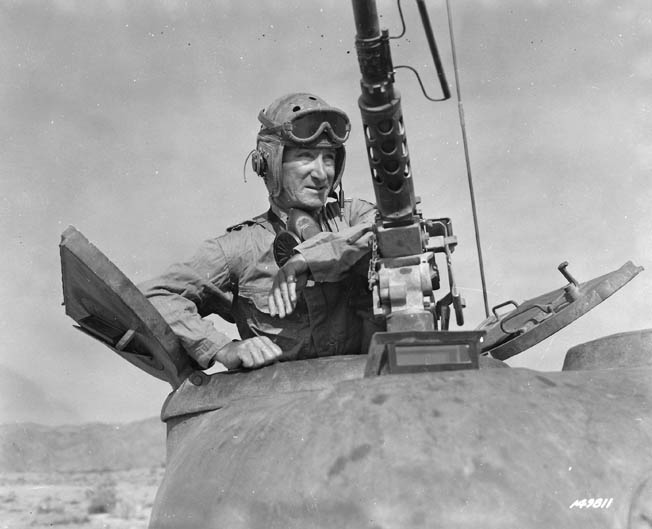
The 102nd found the going easier on day two of the offensive, but it was still no cakewalk. German soldiers in front of General Frank Keating’s division fought tooth and nail from concrete bunkers. German artillery hurled shells across the Roer River. “Never again was the Division to experience such severe artillery fire,” a veteran later wrote. Rain, mud, and cold were the soldiers’ constant companions. When two of the regiments ground to a halt, the 102nd reserve regiment, reinforced by a tank battalion and supported by dive bombers, slipped through and captured Linnich on December 1. Meanwhile, the 84th Division continued wading through stout German defenses. Blockhouses, dug-in Tiger tanks, and dozens of small-arms defense posts and antitank ditches faced the Americans. Finally, the defenders of Toad Hill and its neighboring villages succumbed. On December 4, XIII Corps reached the Roer River at a cost of about 3,000 casualties, including 318 killed. The Allies were still far from their ultimate objective, the Rhine.
A short pause followed to allow the Army to recuperate. For Gillem’s corps, this meant pulling men back from the front to rest up for the next operation. It became a longer pause than expected when the Battle of the Bulge erupted. Simpson postponed all plans for advancing to the Rhine and instead did what he could to help erase the Bulge, sending several divisions to the Ardennes and extending his lines to allow neighboring armies to send troops. Gillem retained the 102nd and picked up the 29th Infantry Division, which worked hard to create an illusion of strength and deter a new German attack.
Operation Grenade
Gillem’s corps resumed the offensive in February 1945 with Operation Grenade, an assault designed to vault the Roer River and advance to the Rhine. It would be launched along with other Allied operations to the north and south. Gillem drew an important assignment in Grenade. After crossing the river, XIII Corps was to seize a small plateau between the Roer and Rhine. Once that target was in hand, Gillem was to wheel north and clear the banks of the Roer to enable XVI Corps to cross.
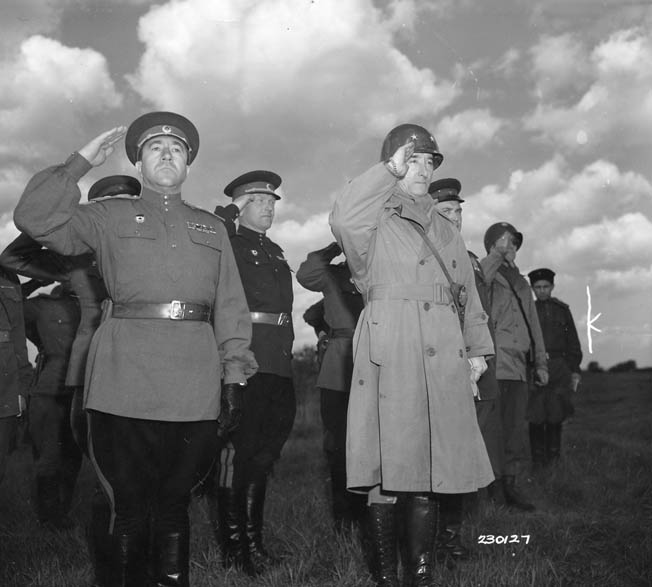
Gillem was directly responsible for laying and executing his corps’ plans, but he did not do it alone. His philosophy was to involve his staff officers deeply in planning. “Most of his directives are general as to method, minutely specific as to objective,” a subordinate recalled. Gillem would listen “carefully to advice and suggestions and seldom discard a staff officer’s proposal without first indicating its weakness.” In the end, Gillem and his staff resolved to attack with the 102nd Division on the right and the 84th on the left, while the 5th Armored waited 15 miles behind the lines. Reinforcements arrived, massive air support gathered, and enough artillery was assembled to fire two or more shells into every yard in front of Gillem’s line. Soon all was ready, but the Germans had other ideas. They flooded the Roer by blowing the discharge valves on the dams, forcing a delay of nearly two weeks.
In the dark early morning hours of February 23, the thunder of more than 2,000 guns announced the start of Operation Grenade. The skies turned into a dome of yellow fire as the guns dotted the horizon and momentary patches of red erupted from the direct hits of shells. The infantry followed 45 minutes later. At 3:30 am, thousands of soldiers piled into paddle-operated assault boats, ferries, and LVTs (Loading Vehicle, Tracked) and slid into the dark, cold Roer. Under a thick smokescreen, the first waves reached the far bank with little trouble, but then the going got rougher. After turning north to clear the east bank of the Roer, the 84th Division entered the key crossroads village of Baal. The Railsplitters had to fight off multiple German counterattacks, but one soldier hung an “annexed to Texas” sign in the village. The 84th’s four-mile advance was the most spectacular of the day, according to the corps historian. Employing bazookas and artillery fire, sometimes on their own position, the Ozark Division narrowly held its gains.
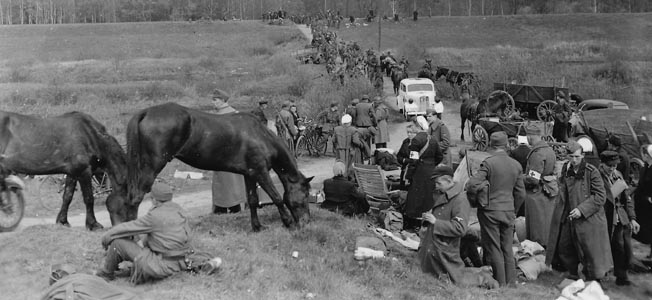
For Gillem, the attack was both successful and problematic. His corps penetrated the important Linnich-Harff Plateau, yet its surge put it ahead of neighboring units. Gillem had a modest salient on his hands, with an exposed right flank. The Germans took full advantage of the opening and poured intense fire into the 102nd’s right, knocking out 12 tanks. Fortunately, Gillem had anticipated the attack and thrust elements of the 5th Armored forward to brace his right.
Despite its success, XIII Corps was initially unable to clear the way for XVI Corps to cross. Gillem and Maj. Gen. John B. Anderson, commander of XVI Corps, suggested that his command cross on its own. Simpson agreed as he was “loath to slow down in any way the northward impetus” of Gillem’s northeastward attack. He ordered the change on February 25. Absolved of attack responsibility, Gillem set about expanding his salient, which was six miles wide and 3½ miles deep. Supported by a combat command from the 5th Armored, the 102nd attacked the large crossroads town of Erkelenz head-on while the 84th flanked to the west. It was a complete success. Despite the arrival of enemy reinforcements, XIII Corps overwhelmed the Germans. Soldiers of the 84th stumbled onto a gasthaus with a working beer tap and celebrated.
Opening Up the Rhine
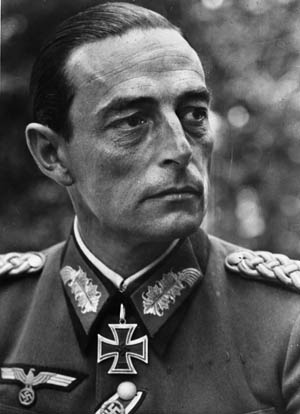
American commanders sensed that the way to the Rhine was finally open. As February ended, some units leaped forward as many as 10 miles. As Gillem pushed, his soldiers fell into a pattern. First, they made a fast march to the outskirts of a town. Then the troops deployed and launched a coordinated attack. Finally, the soldiers would mop up, reorganize, and dash to the next town. Hundreds of prisoners fell into Gillem’s hands, including a complete artillery battalion—guns, commander, and all. With speed the order of the day, Gillem passed the 5th Armored through the 102nd Division and ordered it to take the lead on February 28. Determined to keep pace, infantrymen from the 84th Division mounted tanks and vehicles. Further reinforced on March 1 by the 79th Infantry Division, Gillem ordered his men to carry the attack as far as it could go. The charge to the Rhine was on. The Associated Press credited the “small, hard-fisted” general—Gillem—with leading the breakout.
As Grenade broke open the front, commanders eyed any still-standing Rhine bridges, including the 1,640-foot Adolf Hitler Bridge at Krefeld-Uerdingen. Technically, the bridge sat within XIII Corps’ zone, but it was also within easy reach of XIX Corps, which by now had advanced far enough to straighten out the salient. Simpson warned Gillem that he might have to shift the corps’ boundary. At nightfall on March 1, part of the 2nd Armored Division of XIX Corps reached a point three miles from the bridge. Simpson was absent, so his G-3 ordered the boundary change. Gillem bristled. He argued that the terrain around Krefeld-Uerdingen was bad for tanks and that his own 84th and 102nd Divisions were just as close. Gillem lost the debate and probably enjoyed little satisfaction when XIX Corps’ armor ran into the very problems he had predicted. Gillem hoped that his units could turn things around and reach the Rhine before XIX Corps troops claimed the new boundary, but his men got tangled up in Krefeld. The Germans ended the debate by dropping the Hitler Bridge into the Rhine. Operation Grenade had shot its bolt.
Gillem’s Push Through Central Germany
On March 23, the British 21st Army Group launched Operation Plunder, a massive assault crossing of the Rhine. Simultaneously, the Ninth Army began a companion operation called Flashpoint. Gillem’s role was secondary. His artillery fired away to help the British crossing while XIII Corps merely demonstrated along its front. A week passed. The XIII Corps simply held its front while others crossed.
Yet Eisenhower had another job in mind for Gillem. As American forces finished reducing the Ruhr pocket, Eisenhower directed General Omar Bradley’s 12th Army Group, including the Ninth Army, to drive across central Germany and link up with advancing Russian forces. Simpson gathered his corps commanders and announced a new assignment: the divisions were to march for the Elbe. Simpson did not have to add that the advance would bring the Ninth Army tantalizingly close to Berlin—closer than any other Allied force.
At 7 am on March 31, Gillem’s corps crossed the Rhine on a bridge in the British zone. The next morning, Easter Sunday, XIII Corps attacked toward the key German cities of Munster and Hanover. Gillem’s command was a familiar one: the 84th and 102nd Infantry and 5th Armored Divisions again marched with Gillem. The recently attached 17th Airborne joined them. Gillem put his armor and motorized infantry units in front and ordered them to ride east as fast as they could. If the tankers ran into resistance, Gillem wanted them to go around and let follow-on infantry handle it. In Munster, the 17th Airborne had to stop to clear the bombed-out city block by block. Elsewhere, XIII Corps troops found that the heavy antiaircraft guns defending German cities and industrial sites were just as effective against ground forces. At Herford on April 2, the 5th Armored had to fight its way past several hundred German soldiers backed by 88mm self-propelled guns.
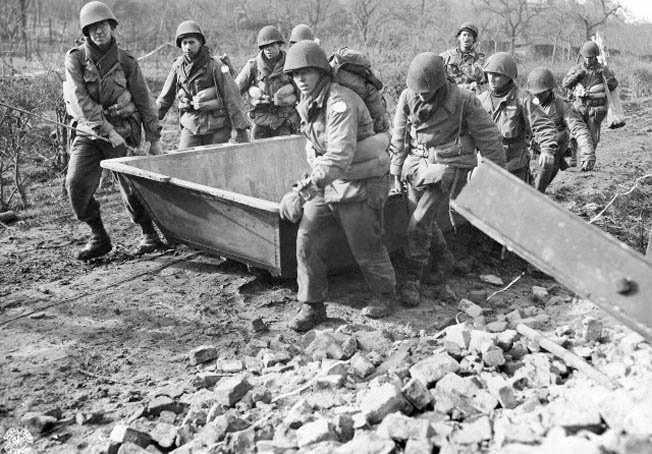
None of this stopped Gillem’s advance. The XIII Corps seemed to gain momentum with each passing day. On April 4, the 5th Armored Division reached the Weser River crossing the next day after waiting to allow the infantry to catch up. Five days later, the 5th Armored reached the halfway point between the Rhine and Berlin. Occasional resistance continued to flare up, but speed and firepower told. On April 10, aided by a captured map of the city’s defenses, corps elements captured Hanover in a single day.
With a final leap, advance units of XIII Corps reached the Elbe on April 12. Gillem’s tankers hit the river at Tangermunde, just 53 miles from Berlin, after riding 120 miles in 120 hours. Showing remarkable speed, corps infantry units closed on the Elbe four days later. Gillem’s units were now closer to Berlin than any other Americans, so it was disappointing when Eisenhower ordered Simpson to halt and leave Berlin to
the Russians. “I really believe that the Ninth Army could have captured Berlin with little loss well before the Russians reached the city,” Simpson later wrote. Instead, Gillem’s men turned their attention to clearing bypassed pockets of resistance.
Eliminating the hangers-on wasn’t simple. A large number of German soldiers were hiding in the forests west of Gillem’s command post in Klotze. Even more serious was the presence of Panzer Division von Clausewitz, a unit of about 50 tanks and additional experimental and outdated armor manned by the staff and students of a panzer training school. Ordered to attack south into the Ninth Army left flank, the German forces severed Gillem’s supply line and struck multiple rear locations. At one point, the enemy cut telephone cables to Gillem’s headquarters, disrupting communications for two days.
Gillem’s response was Operation Kaput, which at first utilized two infantry regiments, the 11th Cavalry Group, and a combat command of the 5th Armored. It eventually required all of his divisions, including the newly attached 29th. Spreading out, the columns reduced pocket after pocket until one last group of Germans was trapped in the Klotze Forest. A combined assault of artillery, armor, and infantry wiped out the resistance.
Last Offensive of the Ninth Army
After Kaput, XIII Corps drew the honor of conducting the last Ninth Army offensive. On April 20, a new boundary was drawn between the Ninth Army and British forces to the north. Since Gillem’s corps was on the Ninth Army’s north flank, the general picked up an additional 30 miles of front along the Elbe. The area was still teeming with German forces, so Gillem sent the 5th Armored and the 29th and 84th Infantry Divisions, backed by some additional artillery, into the area on April 21. The Germans fought back with tanks, assault guns, mortars, and heavy minefields, and it took Gillem’s troops three days to link with British forces and finish mopping up. Afterward the corps resumed its watch along a 300-mile stretch of the Elbe.
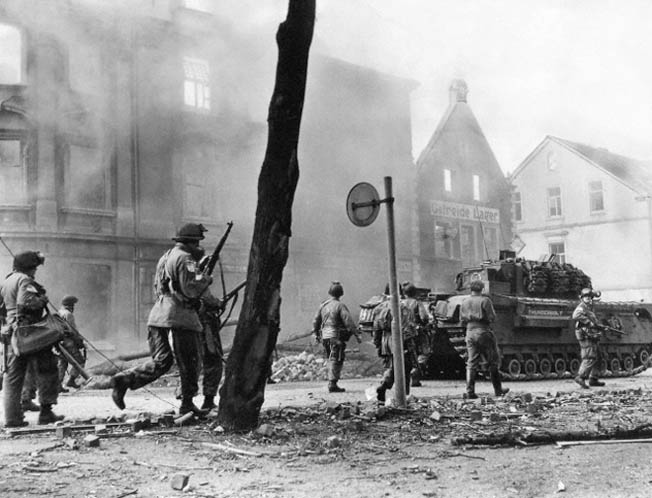
A chaotic situation existed along the river. Thousands of enemy soldiers, including the remnants of two German armies, came to the river to surrender. Similar numbers of displaced persons flocked westward. In all, some 80,000 prisoners ended up in XIII Corps pens. Gillem enclosed many of his prisoners on the grounds of a transmitter station, surrounded with tanks, and provided medical care before moving them to the rear. The arrival of the advancing Red Army was notable. As Gillem watched, the east bank soon looked like a “really beautiful Oriental rug roadway” as the Russians discarded loot from German homes. The XIII Corps’ first contact with a Russian unit, which Gillem identified as the 3rd Russian Cossack Corps, proved a trifle dangerous. Gillem marveled at the various ethnicities represented in the Russian corps, as well as the careless way they brandished their Tommy guns.
The linkup with the Russians ended 180 days of combat in the European Theater for XIII Corps. It had been a solid performance. From November 1944 to May 1945, Gillem’s corps had marched more than 300 miles from the Siegfried Line to the Elbe and captured more than 247,000 prisoners as well as several key German cities. “It has been a privilege for me to have been your commander these 180 days,” Gillem told his corps. “I can tell you only, in all sincerity, that I have never served with finer soldiers.”
Alvan Gillem’s Legacy
Few officers of his rank had contributed as much to Allied victory as Gillem. Although one of 34 Army officers to command a corps during World War II, Gillem was one of only four corps commanders who had not attended an advanced infantry or artillery course before the war. He was also the only man to lead three different corps. While the battlefield performance of his XIII Corps spoke for itself, his most significant contribution was with armor. As one of the first armored commanders in the U.S. Army, Gillem helped lay the groundwork for success in World War II. His pioneering training regimens affected every subsequent campaign where American tanks fought, from North Africa to Western Europe. Yet the unassuming general never received his full due, in part because he shied away from publicity. He was proud of the fact that he did not write a book about his battlefield experiences. “All I want to do is to carry on right through and clean up this job that’s been given us,” Gillem wrote.
Promoted to lieutenant general on June 3, 1945 (an overdue promotion in Simpson’s opinion), Gillem was appointed to two Washington study boards. One was the Postwar Weapons & Equipment Board. The second, the Utilization of Negro Manpower Board, turned out to be perhaps as revolutionary to the Army as the advent of armor. Gillem was appointed chairman of the board, which convened on October 1 and began interviewing dozens of witnesses and reviewing a pile of documentation. The following January the board produced a final report stating that black Americans had a constitutional right to fight and that the Army was obligated to use them. While the board stopped short of proposing complete desegregation, its finding represented the Army’s first step toward integration.
In 1947, Gillem returned to the States, where he assumed command of the Third Army. Ironically, his headquarters was at Fort McPherson, where he had served as a private in 1910 and had occasionally walked a guard post around his future quarters. Fort McPherson also turned out to be his final duty post; Gillem retired on August 31, 1950. He died on February 13, 1973, and was buried at Arlington National Cemetery. Fort Gillem in Forest Park, Georgia, was later named in his honor. Thanks in large part to Alvan C. Gillem, U.S. Army tanks now rule the battlefield, and soldiers of every skin color can fight for their country. It is a fitting monument to the man with the old Army name.
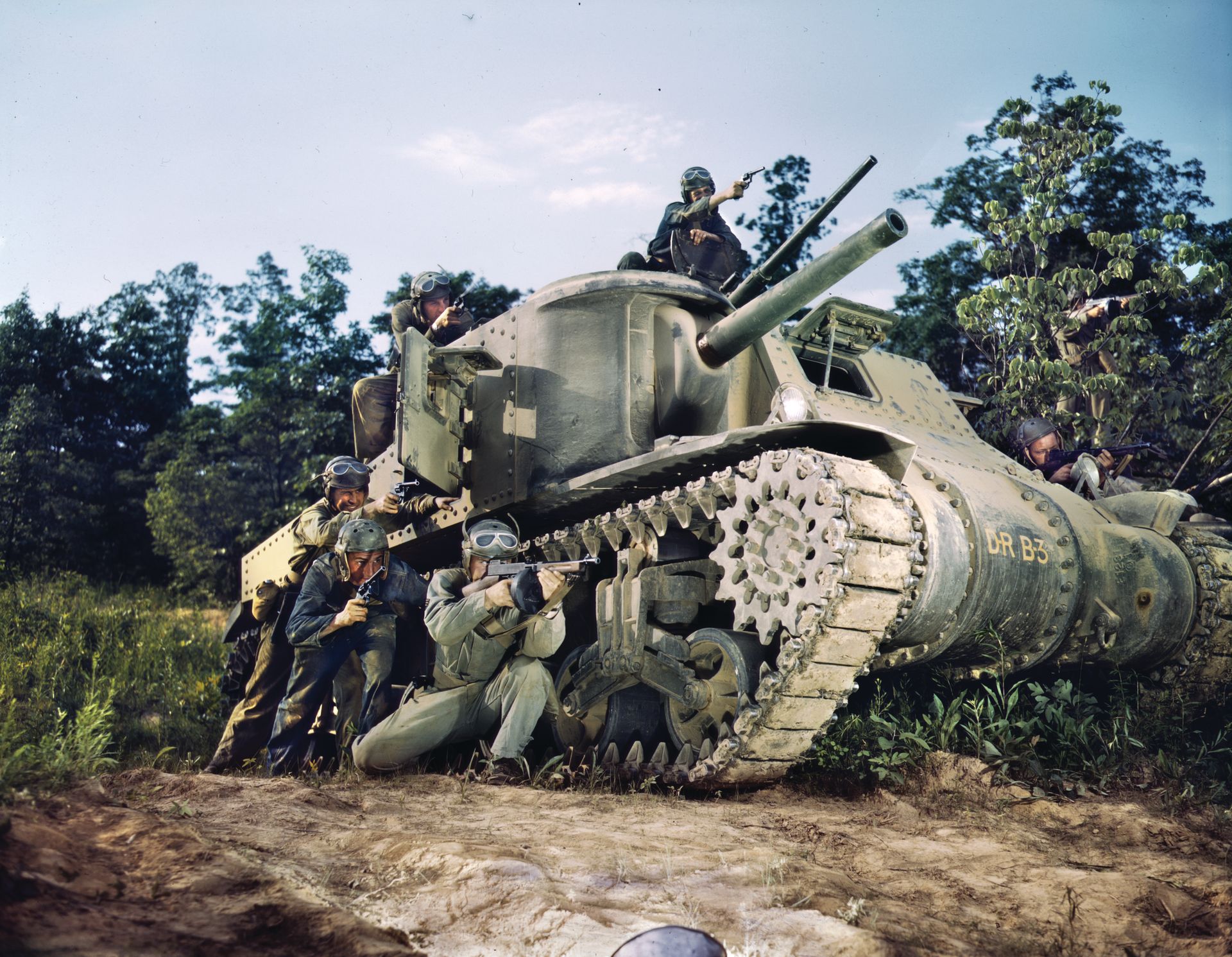
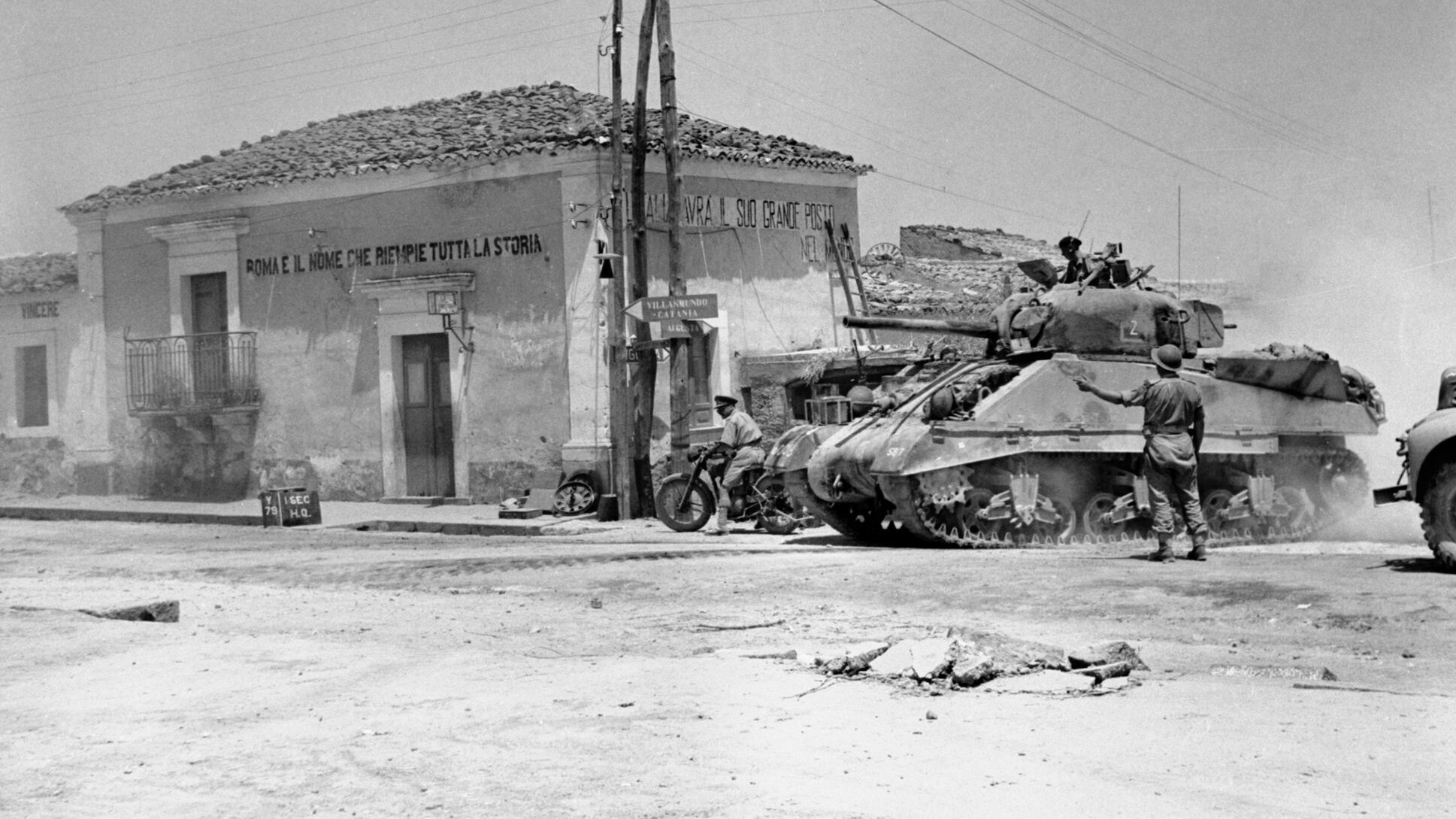
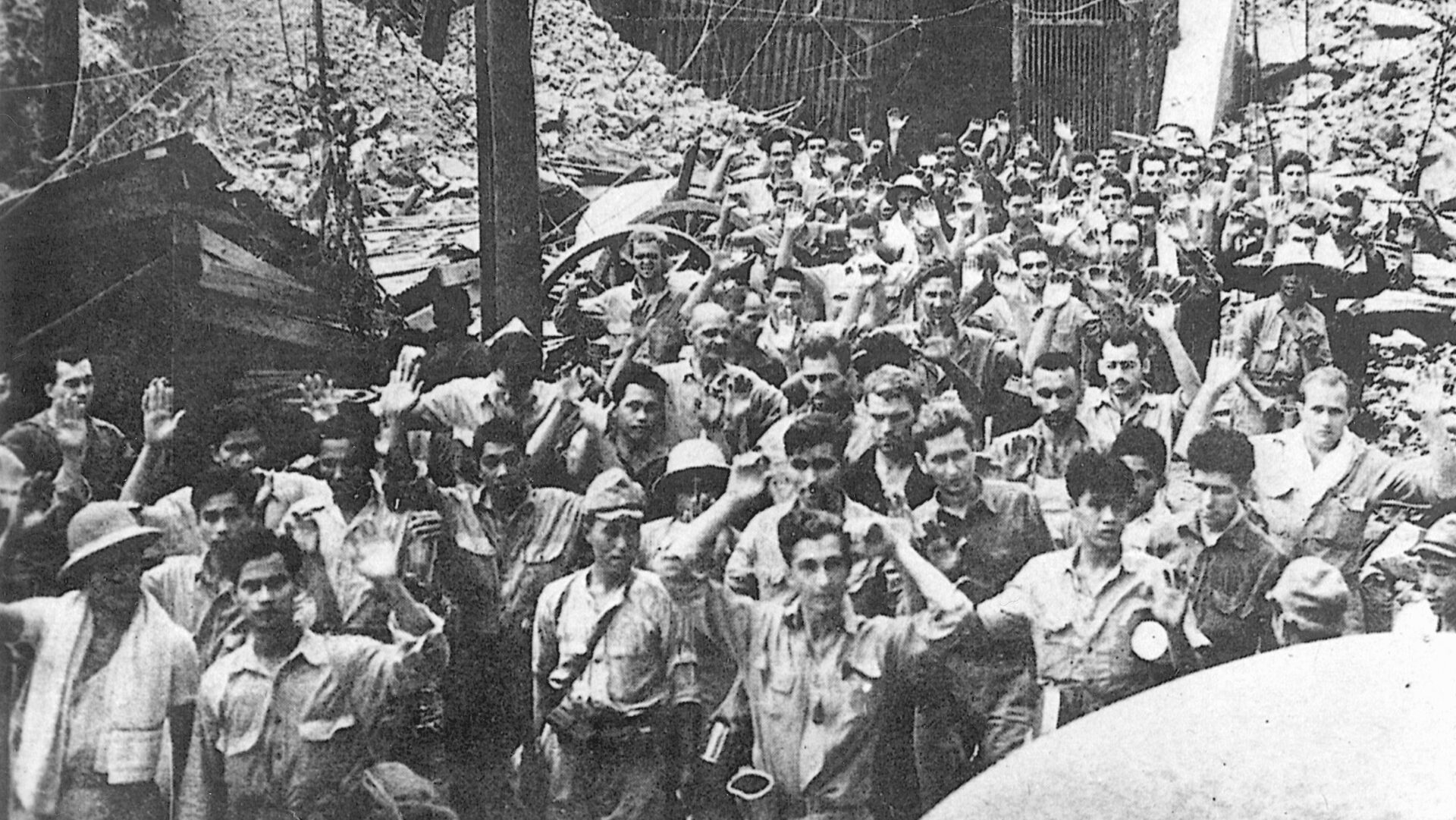
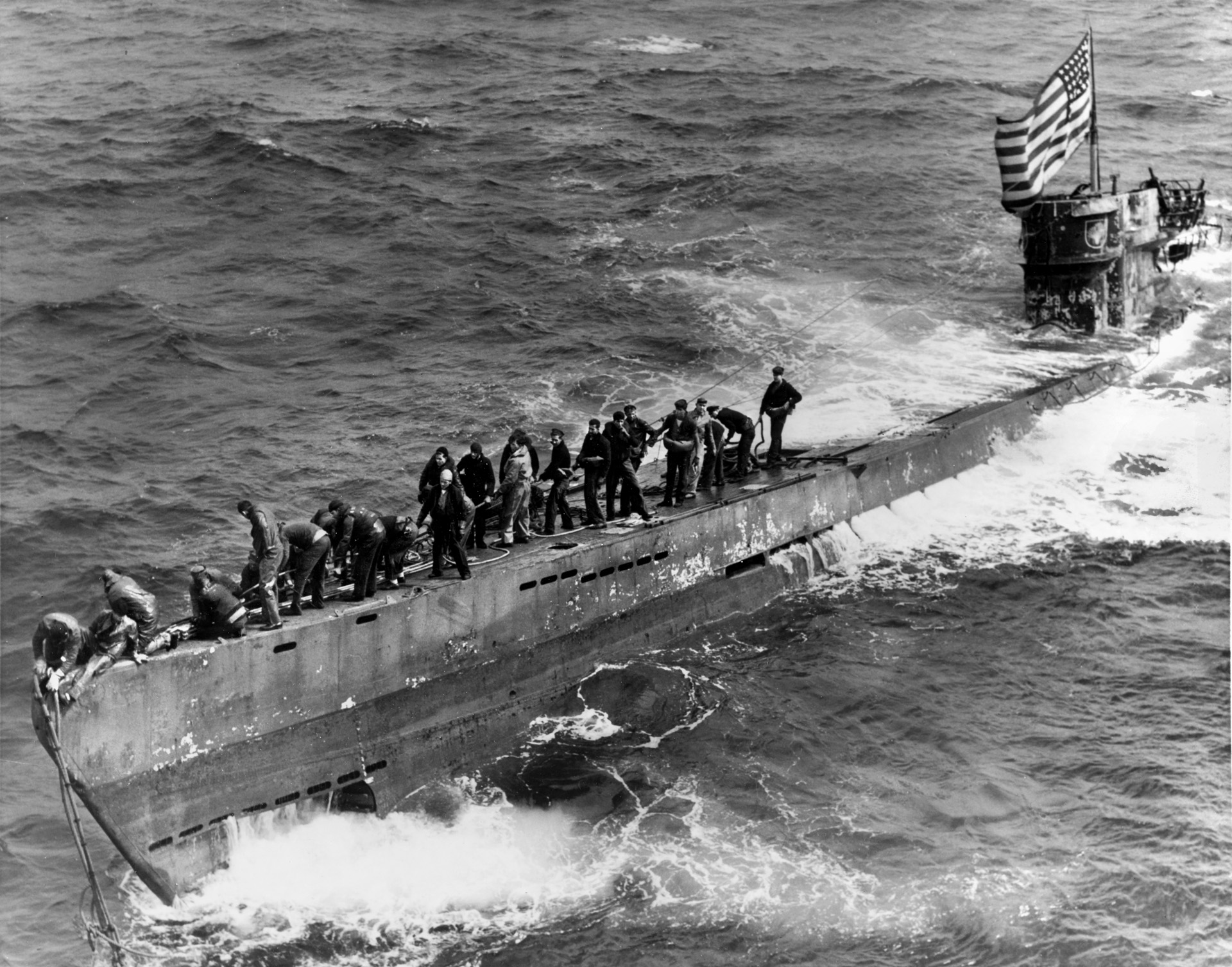
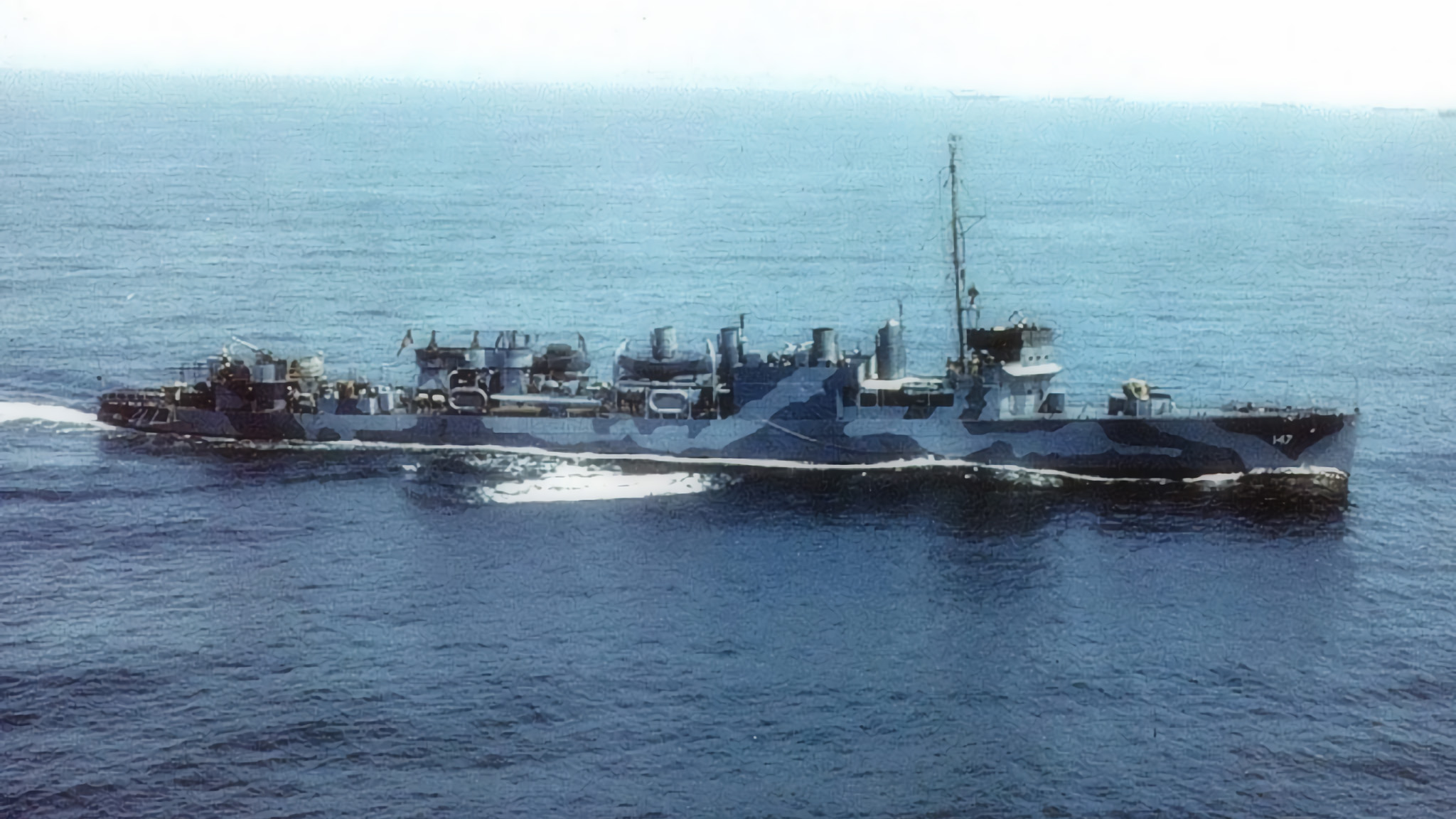
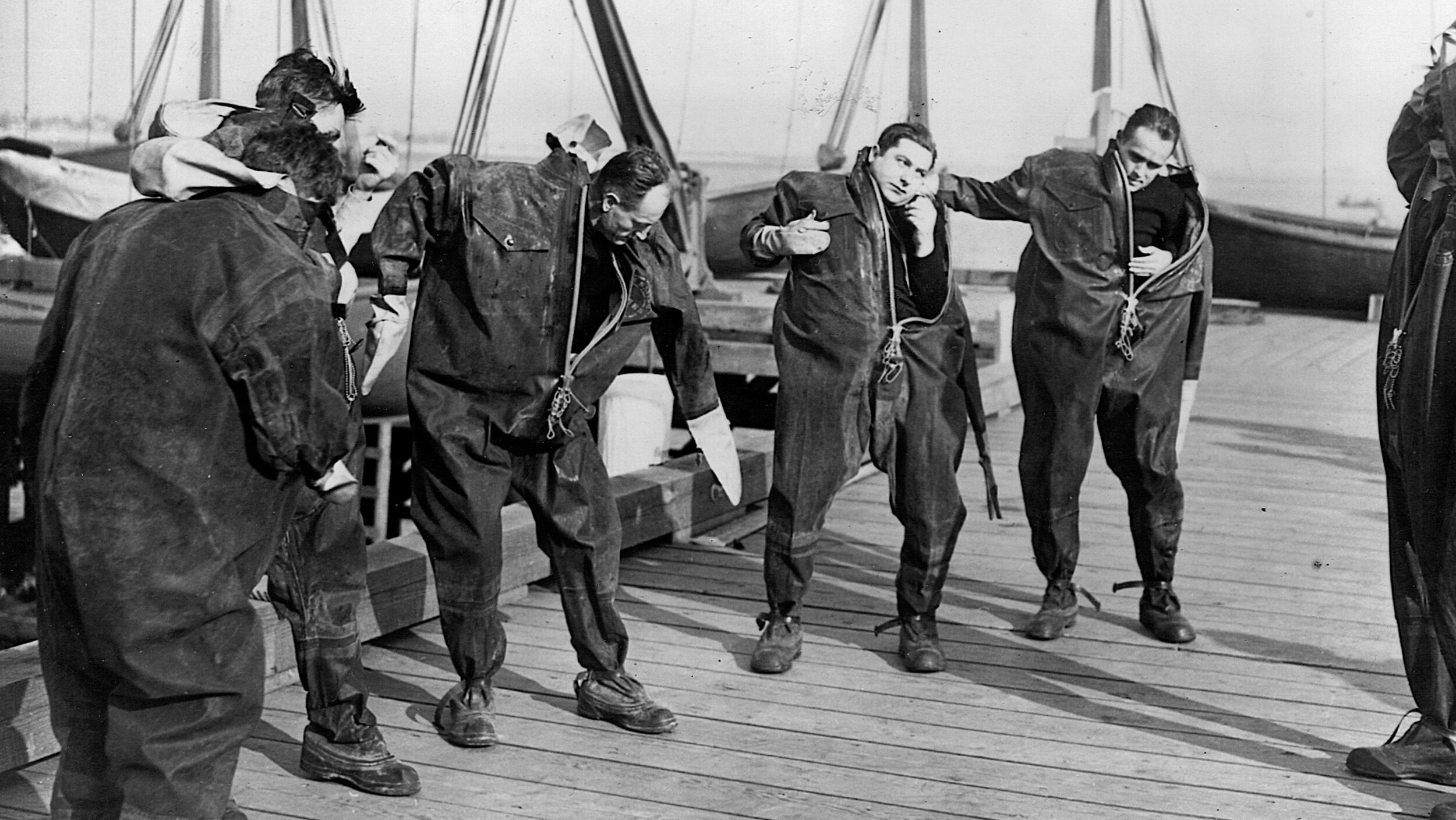
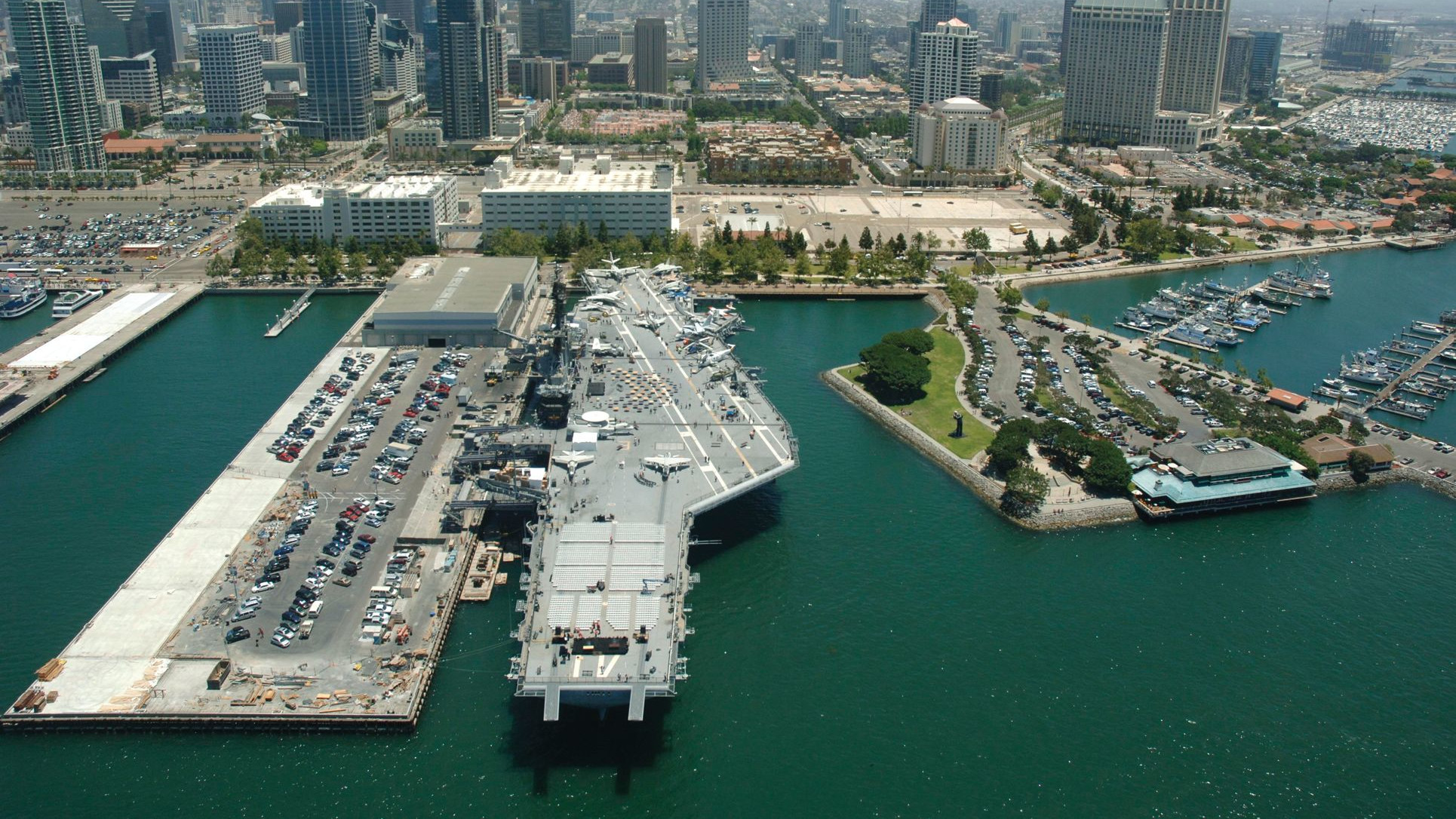
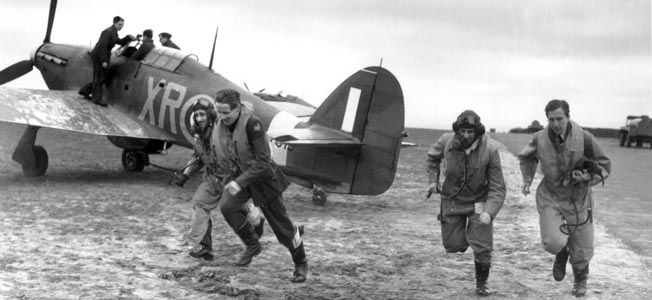
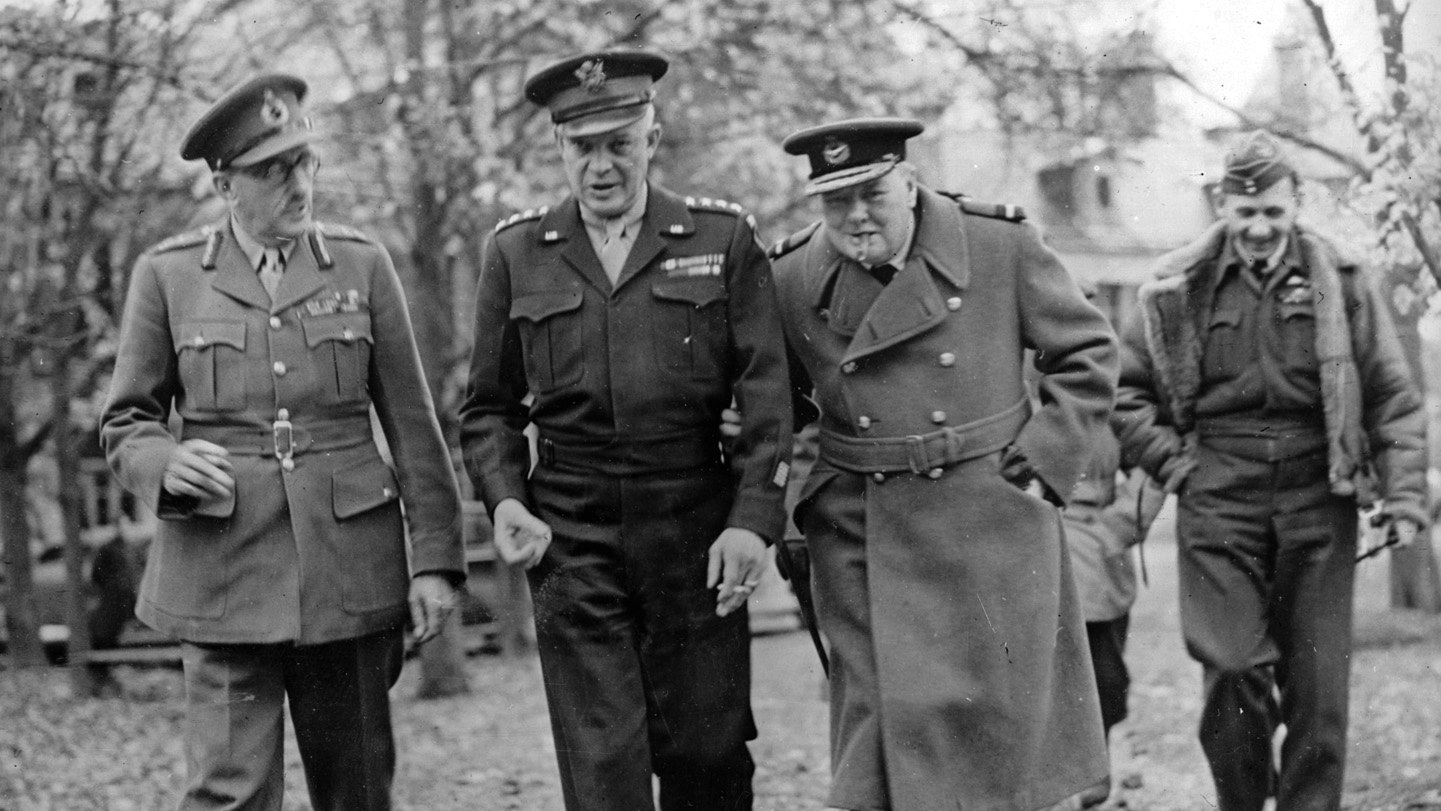
My mom, Keary Collins Burger, was the General’s secretary at Polk & embroidered the Roman letter two (II) on a 2 nd armored div. patch when 2nd Core was assigned to him. Also, my dad was Col. E. H. Burger was his adjutant and went on to conduct the desert maneuvers.